Pillar 2: The Alchemy of Data Quality: Transforming Raw Data into Gold-Standard Information
In data engineering and machine learning, data quality isn’t a mere checkbox—it’s the bedrock of actionable insights. Much like an alchemist transmutes lead into gold, data engineers must refine chaotic, raw data into a reliable, high-value asset. This article explores modern techniques and tools to achieve this transformation, blending governance, automation, and vigilance into a potent toolkit.
Setting the Foundations with Strict Data Governance
Before refining data, you must define what “gold” means for your organization. Data governance establishes this standard, ensuring quality, usability, and security align with business goals. Platforms like Snowflake provide powerful features to make this practical:
- Set Clear Policies: Use Snowflake’s dynamic data masking and role-based access control (RBAC) to safeguard sensitive data while keeping it accessible for analytics. For instance, mask customer PII for analysts while allowing unmasked views for compliance teams.
- Track Data Lineage: Snowflake’s metadata capabilities let you trace data’s journey from source to sink, revealing where quality might falter. This transparency is crucial for accountability and rapid issue resolution.
Case Study: A financial firm adopted Snowflake’s governance tools to enforce strict policies on proprietary trading data. By restricting access and tracking lineage, they slashed compliance violations by 30% and caught quality issues—like duplicate entries—early, boosting trust in their analytics.
Automating Data Cleansing: From Chaos to Clarity
Manual data cleansing is a relic of the past—slow, prone to human error, and unscalable. Automation is the modern alchemist’s crucible, turning messy data into a consistent, usable form.
Python and Pandas for Precision Cleaning
Python’s pandas library is a go-to for efficient data prep:
- Handling Missing Values: Use fillna(method=’ffill’) to propagate forward values or dropna() to excise gaps, depending on context.
- Standardizing Formats: Convert inconsistent dates with pd.to_datetime(df[‘date’], errors=’coerce’), ensuring uniformity across datasets.
- Removing Outliers: Filter anomalies with df[df[‘value’] < df[‘value’].quantile(0.95)] to prevent skewed results.
Code Example:
python
import pandas as pd
# Load raw data
df = pd.read_csv("raw_data.csv")
# Fill missing values with forward-fill
df.fillna(method='ffill', inplace=True)
# Standardize date format
df['date'] = pd.to_datetime(df['date'], errors='coerce')
# Trim outliers (top 5%)
df = df[df['value'] < df['value'].quantile(0.95)]
# Save cleaned data
df.to_csv("cleaned_data.csv", index=False)Databricks for Large-Scale Transformation
For big data, Databricks leverages Apache Spark’s distributed power:
- Parallel Processing: Clean terabytes of data by parallelizing transformations across clusters, cutting processing time dramatically.
- Smart Imputation: Integrate ML models (e.g., via PySpark MLlib) to predict and fill missing values based on patterns, not just rules.
Example: An e-commerce titan used Databricks to overhaul its ETL pipeline, cleansing 10TB of daily transaction data. Automated anomaly detection flagged fraudulent entries, reducing error rates by 40% and enhancing ML model accuracy downstream.
Continual Data Profiling: Keeping the Gold Pure
Data quality isn’t a one-and-done task—it’s a living process. Continual profiling ensures your data stays pristine, catching issues before they cascade.
Profiling with Python and SQL
Regular checks keep data health in focus:
- Anomaly Detection: Use Python’s scipy.stats or simple z-scores to spot drifts—e.g., sudden jumps in sales data that signal errors.
- Quality Metrics: Track completeness (NULL counts), consistency (format mismatches), and accuracy (cross-checks with trusted sources).
SQL Example with AWS Athena:
sql
SELECT
COUNT(*) AS total_rows,
COUNT(DISTINCT id) AS unique_ids,
SUM(CASE WHEN data_field IS NULL THEN 1 ELSE 0 END) AS null_count,
AVG(LENGTH(TRIM(data_field))) AS avg_length
FROM your_table;Run this weekly, pipe results into a dashboard (e.g., Amazon QuickSight), and set alerts for when null_count exceeds 5%—proactive quality control in action.
Real-World Twist: A healthcare provider used profiling to catch a data drift where patient IDs duplicated due to a legacy system sync error. Fixing it midstream saved their ML-driven triage system from misdiagnosing trends.
Conclusion: Your Alchemist’s Toolkit
The alchemy of data quality fuses strict governance, automated cleansing, and relentless profiling into a craft that elevates raw data to gold-standard status. With tools like Snowflake, Python, Databricks, and AWS Athena, data engineers and ML practitioners can forge reliable foundations for insights and models that drive real impact.
Actionable Takeaway: Audit your pipelines this week—pinpoint one quality gap (e.g., inconsistent timestamps). Deploy Snowflake for governance, automate fixes with Python or Databricks, and schedule a profiling query in Athena. Watch your data’s value soar.
What’s your secret weapon for taming unruly data? Share your alchemy tricks—let’s refine the craft together!
#DataAlchemy #DataQuality #DataGovernance #DataCleansing #DataProfiling #DataTransformation #DataEngineering #TechInnovation #BigData #DataScience




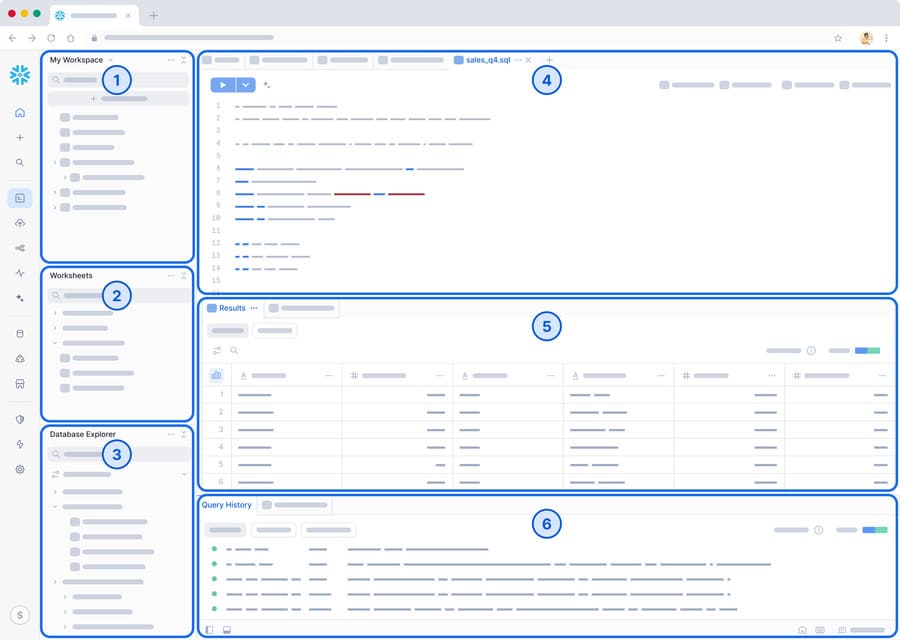

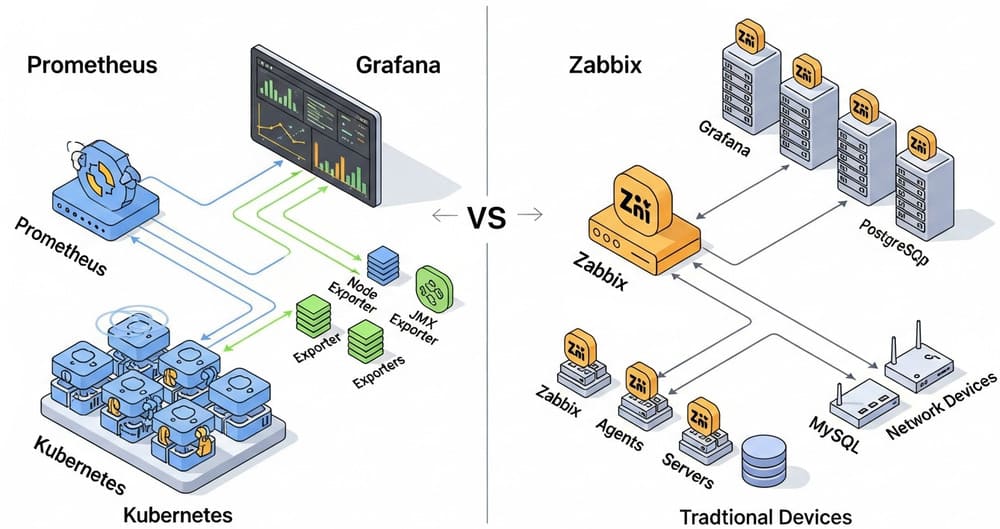
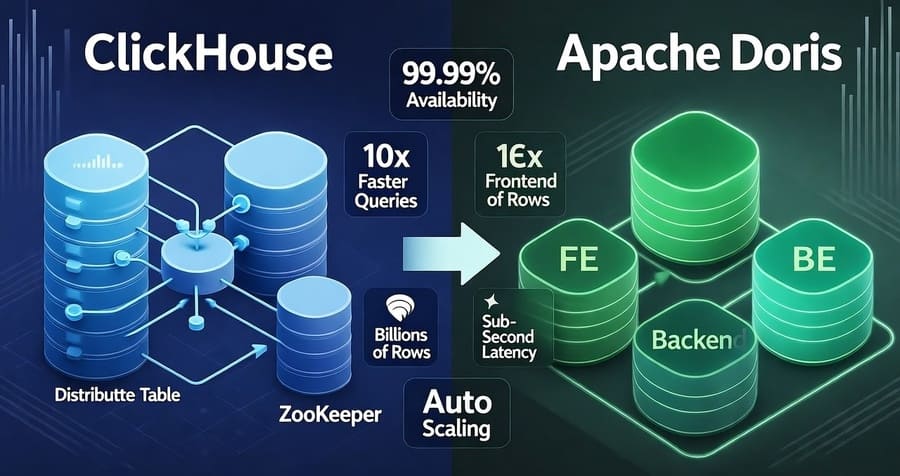
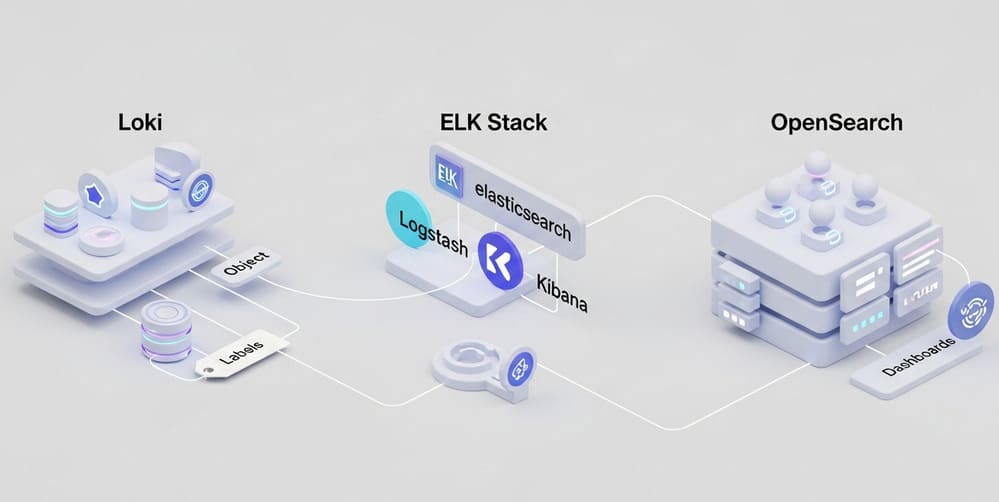
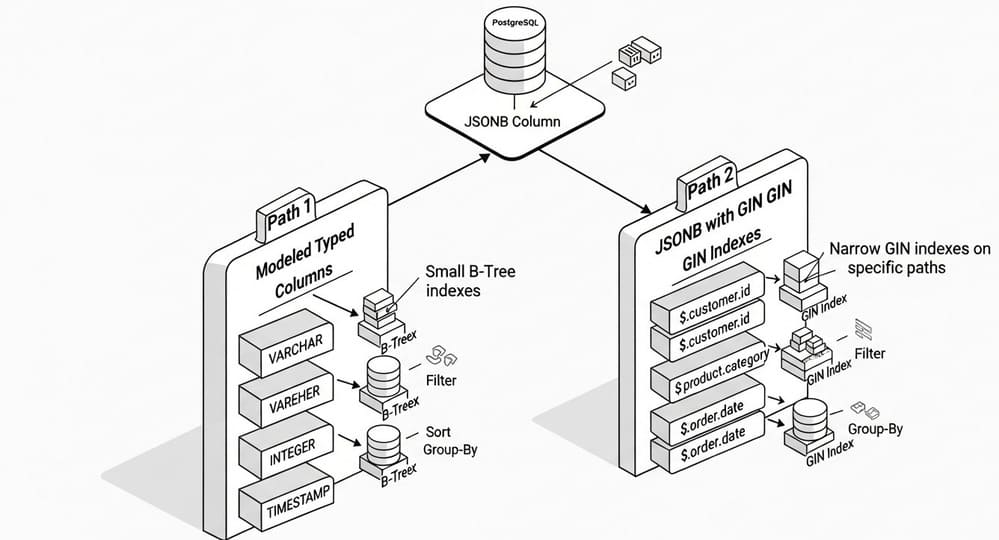
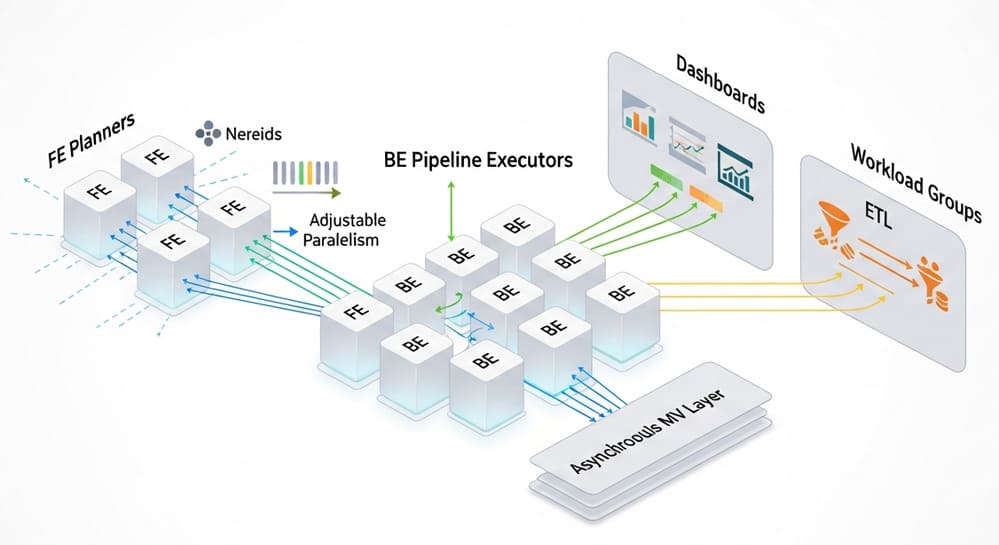



Leave a Reply